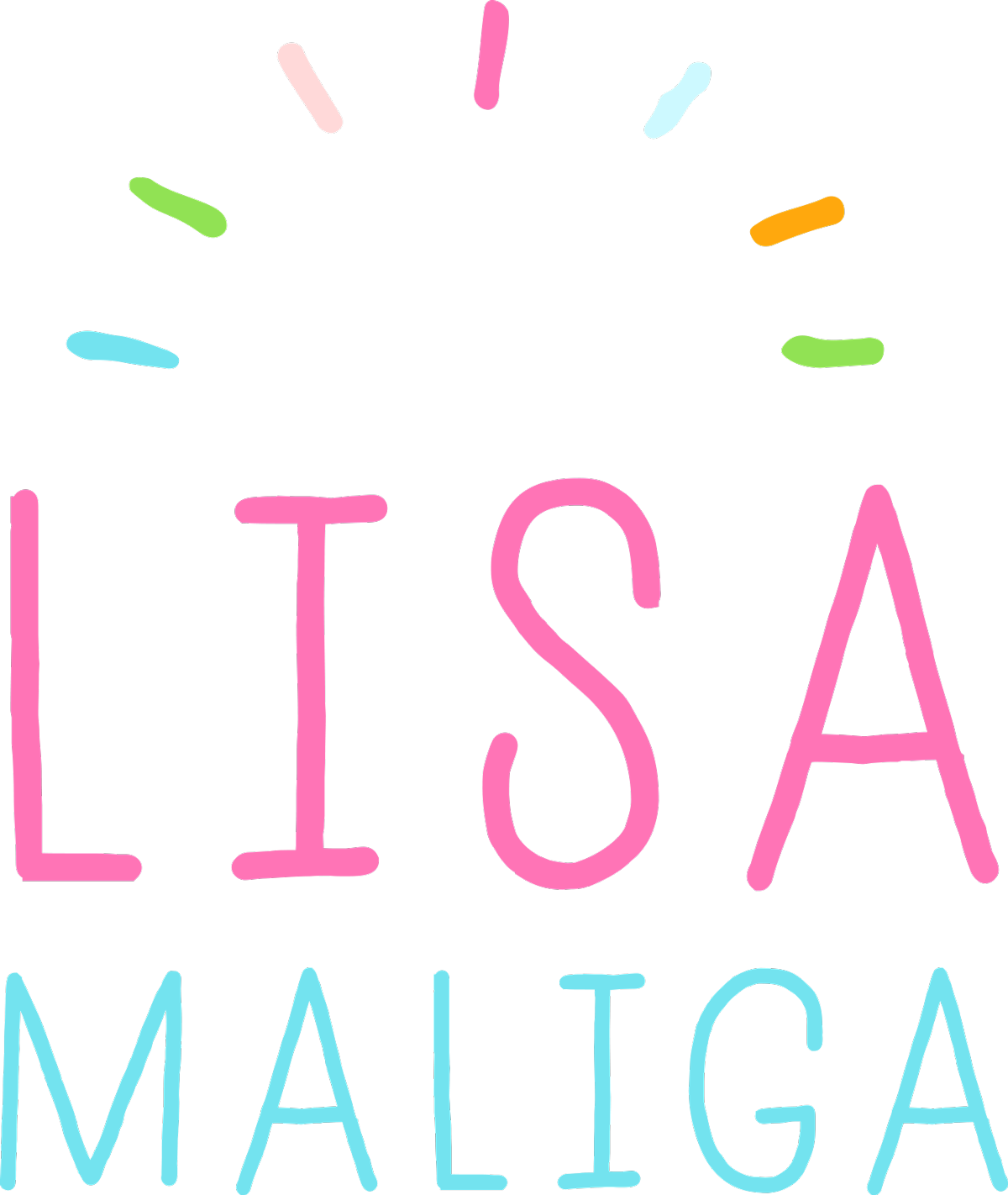Basic Aromatherapy, Part 1
By Lisa Maliga Copyright 2008-2014
 Aromas are all around us...Think about how you encounter them every day from roses in the garden, a cup of steaming hot cappuccino or soothing jasmine tea, basil that infuses spaghetti sauce, and fresh citrus juices. Noses can often detect hundreds of scents a day, and of those, the aromas of plants, fruits, barks and roots are able to do more than just feed us. Leaves from the tea tree plant not only heal cuts and burns, but the essential oil is strong enough to use as an all-purpose cleaner. The lavender flower yields an oil that can ward off insects, reduce stress, scent linens and get rid of bruises. Peppermint oil is a natural way to bid farewell to unwanted houseguests like bugs and mice, but it can also remind you of Christmas.
Aromas are all around us...Think about how you encounter them every day from roses in the garden, a cup of steaming hot cappuccino or soothing jasmine tea, basil that infuses spaghetti sauce, and fresh citrus juices. Noses can often detect hundreds of scents a day, and of those, the aromas of plants, fruits, barks and roots are able to do more than just feed us. Leaves from the tea tree plant not only heal cuts and burns, but the essential oil is strong enough to use as an all-purpose cleaner. The lavender flower yields an oil that can ward off insects, reduce stress, scent linens and get rid of bruises. Peppermint oil is a natural way to bid farewell to unwanted houseguests like bugs and mice, but it can also remind you of Christmas.
Did you know that the sodas and flavored bottled waters you drink contain essential oils? That the common vanilla flavor you find in ice cream is made from dark brown vanilla pods? Perfumes and colognes contain numerous blends of essential oils. High quality soaps, shampoos, bath oils, body powders and lotions all include varied essences of flowers, plants and fruits.
I had many successful experiences using pure essential oils, and I have read and heard of so many others enjoying relief from pain, healing of skin problems, awakening of positive spirits, etc. For example, before I had my own bath and body products business, I had to find a full time job. That prospect didn’t make me enthusiastic, yet after applying a small dab of lemon essential oil, diluted in a jojoba oil carrier base, I was feeling cheerful and positive. This in turn came through in the interview and I was hired that afternoon.
What is Aromatherapy?
Aromatherapy is a therapeutic natural practice that can be used to advance health, beauty and a sense of ease. It involves using pure essential oils with various methods, including bathing, inhalation and massage. Aromatherapy is derived from two words: Aroma means scent and Therapy means treatment. This scent/treatment has evolved over the centuries and across continents.
In his book “The Art of Aromatherapy” Robert B. Tisserand examines what happened to mankind during the twentieth century: “Our minds have run away with us, and as we have become more obsessive, so we have become steadily more neurotic. As doctors increase their knowledge of disease so disease becomes more tenacious and widespread. As new drugs are formulated and marketed, the harm done by those drugs increases proportionally.”
Aromatherapy works in harmony with your body. Side effects from properly administered dosages are absent. Your body becomes stronger as it’s fed the complex nutrients of purity from essential oils, not something synthesized in a lab and deprived of all its components. There are no new essential oils—only the same, reliable plant life that has been used successfully for thousands of years. Combining the rich and fragrant oils of rose, jasmine and neroli, for example, may appear to be a new twist to you, but guaranteed this expensive blend of floral oils have been utilized for an individual with an overactive mind [stress!] some other time and place.
Click here to read: Basic Aromatherapy, Part 2
